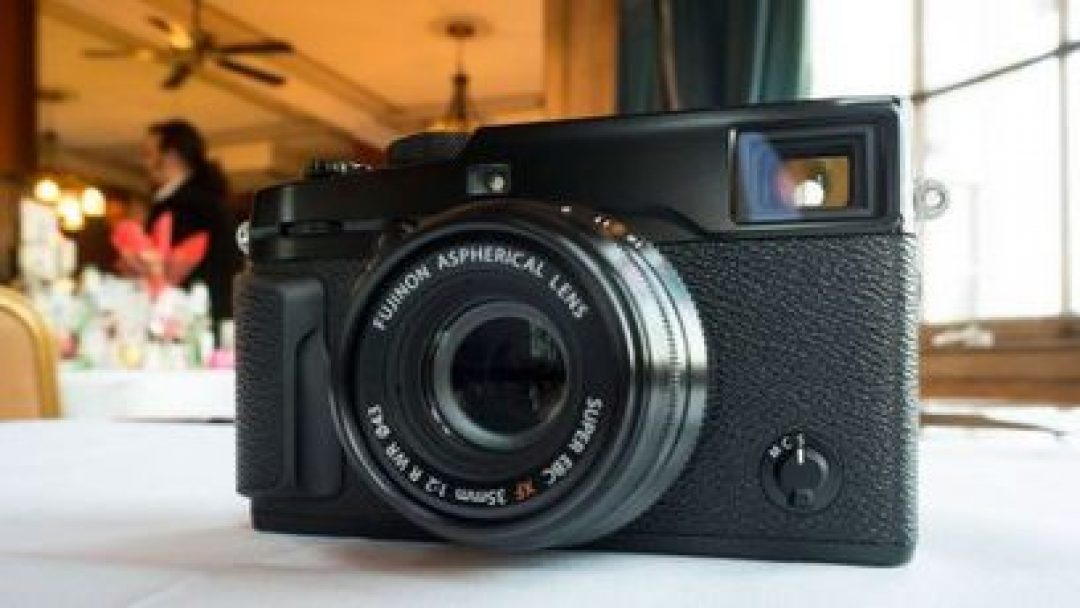
Fuji X-Pro2 review | Techradar
The Fuji X-Pro1, launched in January 2012, was Fuji’s first compact system camera. And although the size and pixel count of its sensor may not have been unusual at the time, APS-C format with 16.3 million effective pixels, its design was out of the ordinary. Following in the footsteps of the company’s first X-series compact cameras, the X100 and X10, the X-Pro1’s sensor eschewed the standard Bayer filter pattern of red, green, green, blue (RGGB) over the photosites. Instead it used an X-Trans CMOS chip with a 6×6 RGGB filter array with a random arrangement of filter colours within each block of 36. The benefit of this design is that no anti-aliasing filter is required to avoid moiré patterning – the interference that is sometimes seen when the fine structure of a sensor clashes with fine repeating patterns and textures within a scene. The benefit of omitting the filter is that images are a little sharper, with more detail. The results from the X-Pro1 were very impressive, it captured images with a level of detail not far off that from full-frame SLRs available at the time of its launch with an attractive film-like quality. This and the rangefinder-style design with hybrid viewfinder that combines an optical finder with an electronic one, plus the traditional exposure controls, made the X-Pro1 a major success……..
Source: www.techradar.com
Fuji X-Pro2
Do you love my work and want to support me? If you’re planning on buying camera gear, you can check out above-noted links. Prices remain the same for you, but a small percentage of your purchase value is valued back to me. Thank you!
